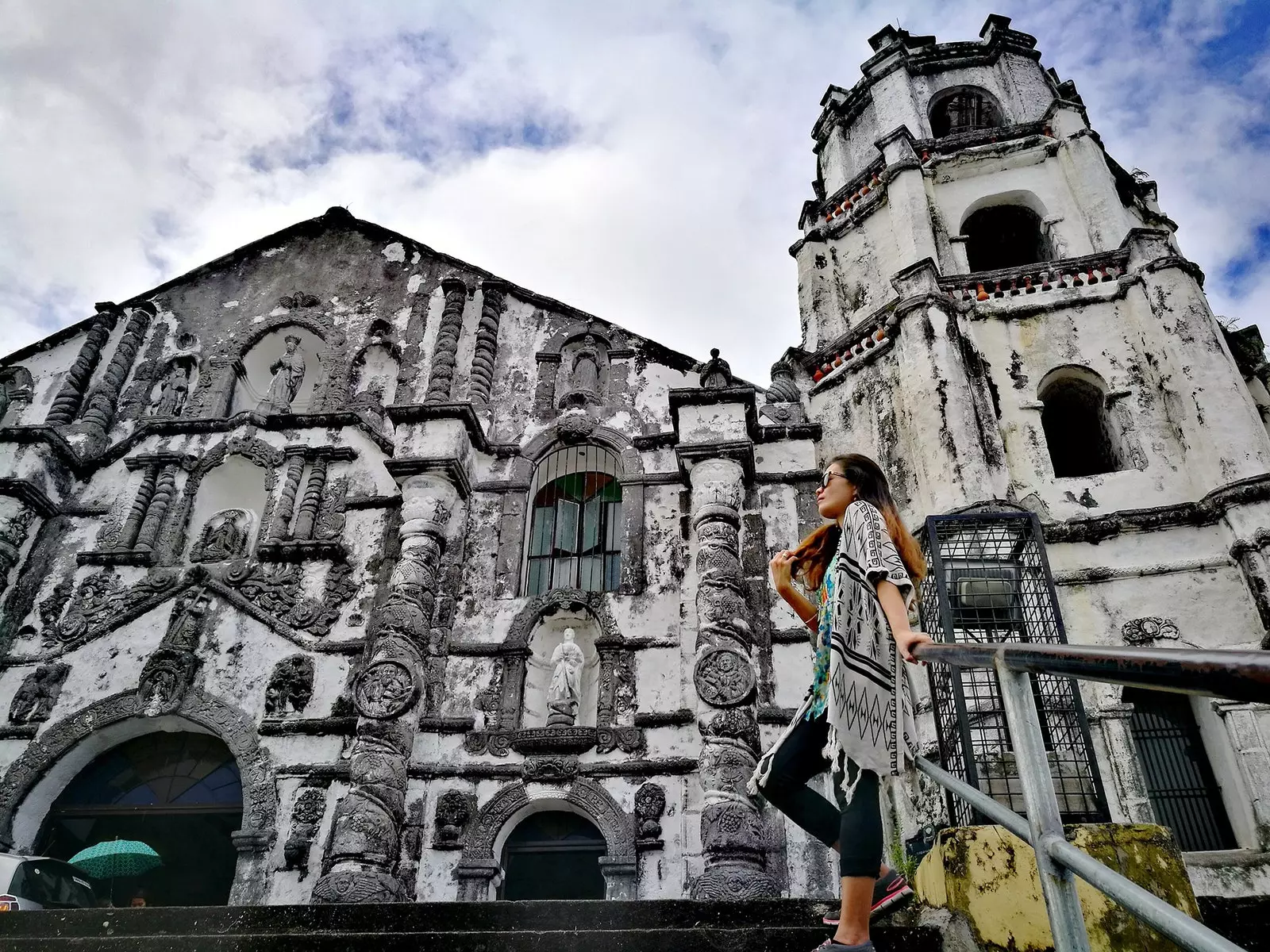
Yesterday and today of Manila
When crossing Intramuros, the glass skyscrapers of Makati are left behind, a business center where today most of the activity in Manila takes place. Gone are the many districts that make up **the great metropolis of Manila with its 16 million inhabitants and the noise, chaos, the fascination** that such a city provokes.
walls inside, the Manila Cathedral greets the visitor Church of San Agustin shows you his art collection and tour 'Casa Manila' takes you into the customs and living of the late 19th century , when the Spanish were about to leave the islands and the Americans to enter them.
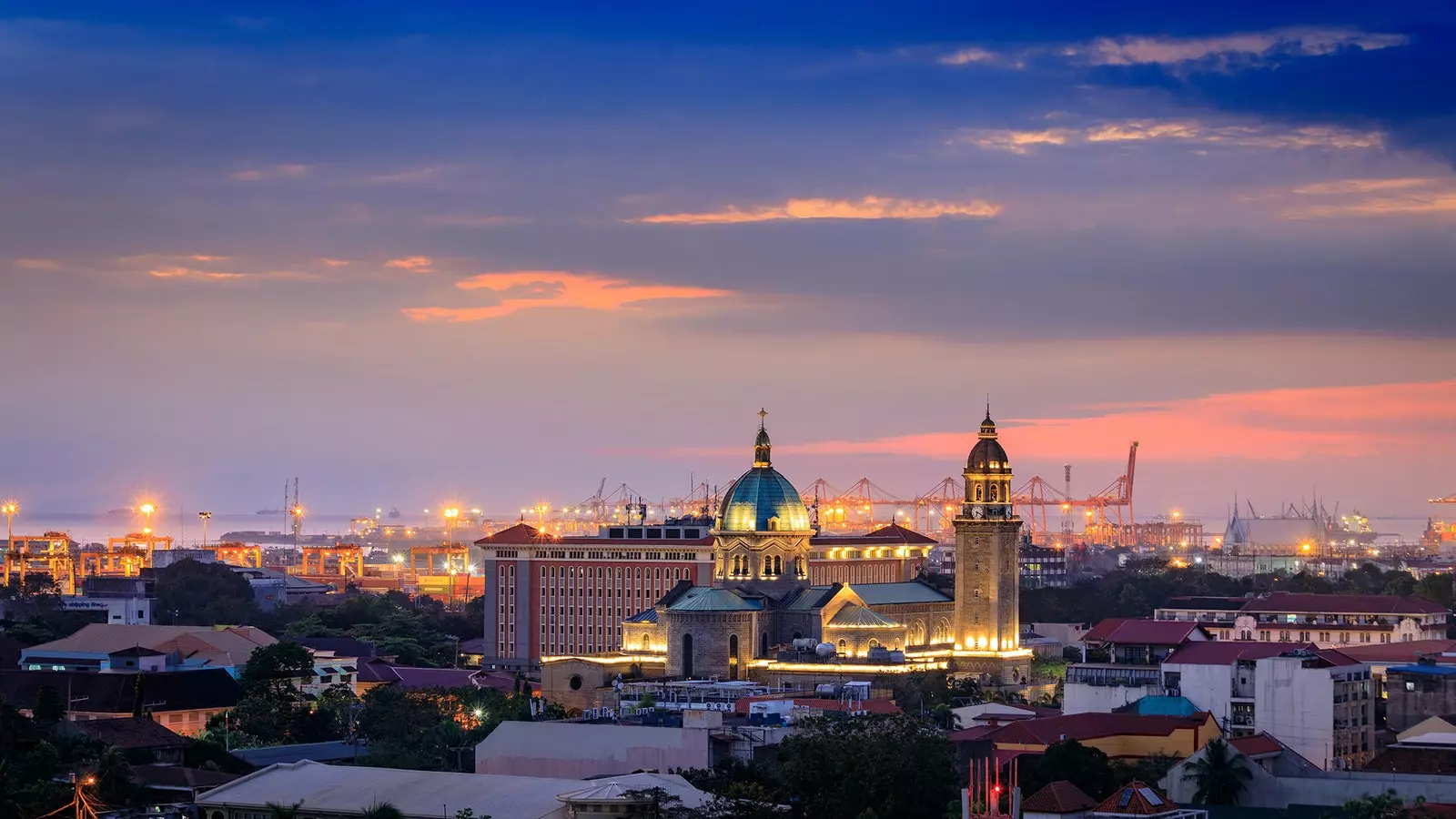
The past and present of Manila can be seen in its 'skyline'
IT WAS 1896...
Despite what was brewing in its rearguard, there was Manila more alive than ever and recipient of the many and varied influences that reached him from distant places.
Buggies roamed the city. The parsimony of his trot was perfect for observing the street pantomimes on the street, called 'mojigangas' and that in their wings in the form of castles they made representations of battles of 'Moors and Christians' in exchange for food and drink, while, on small stages or cheeks built with bamboo, the puppeteers recited Los Infantes de Lara or the famous Philippine legend Ibong Adarna.
The doors of the theaters were full. Men in tuxedos and women in flowing suits, some made from the pineapple fabric so coveted in Europe at the time, attended the performance of Doña Francisquita.
Some children, selling flowers by the light of gas lanterns, tried to make their way through the battalion of vendors selling a little of everything, ensaimadas, 'suman' and 'espasol' (rice sweets with coconut milk) and an aphrodisiac duck egg 'balut'.
In the sale of the coveted products and in the expressiveness of the children offering roses, nothing had changed in Manila 100 years later. To the saya' and the white linen pants, they were succeeded by cowboys. to street music, it was replaced by digital players and car radios.
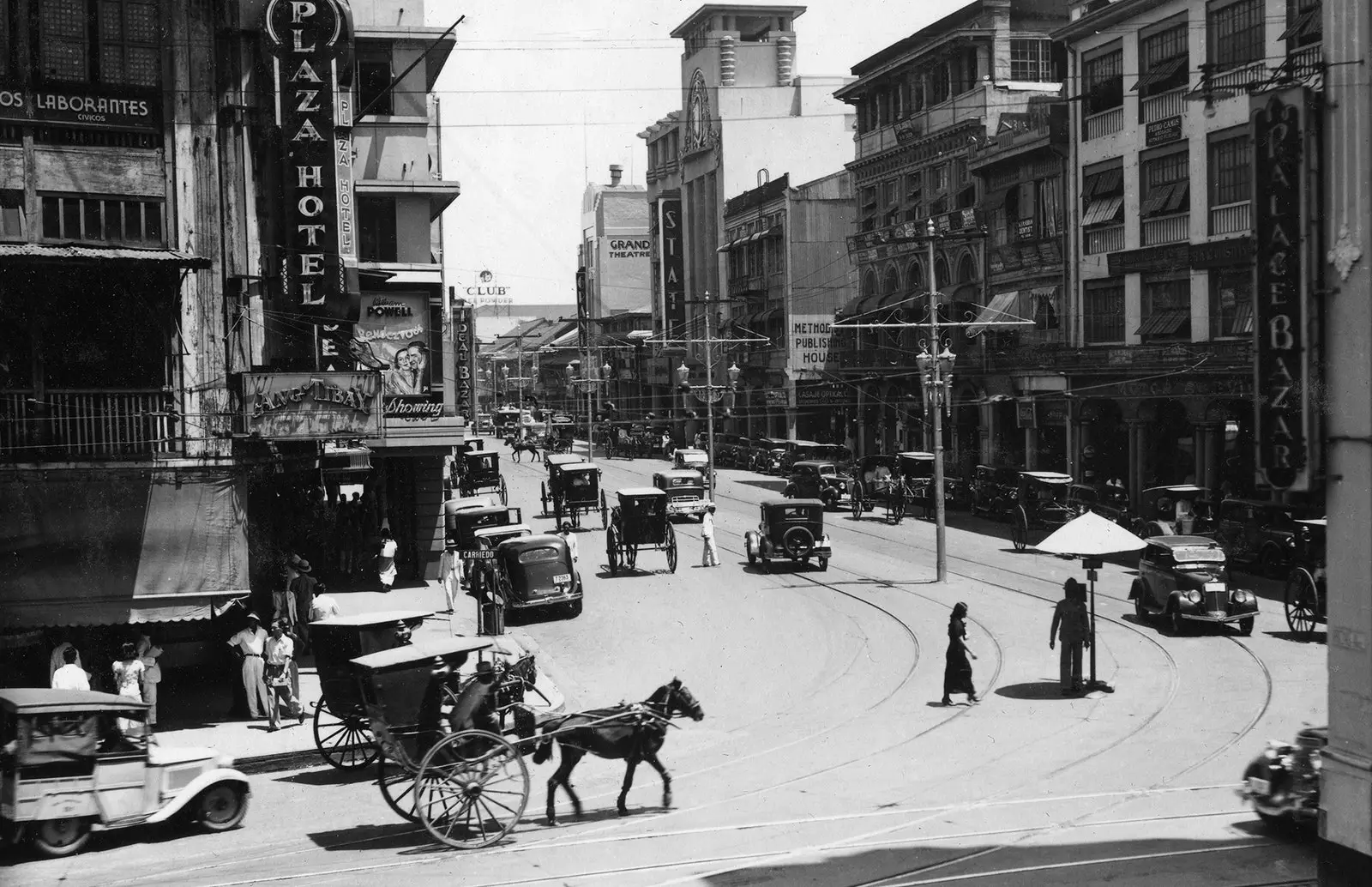
Buggies roamed the town
The official heir to the calesas was the yipni, nice local bus, souvenir of the Americans, decorated with endless beads, antennas and colored lights. Mix of gypsy car or traveling disco that stars in the Philippine traffic.
Intramuros continues to have harmony despite the destructive passage of World War II. The streets are gracefully lined with Filipino-style 'bahays' houses. The lower floor of stone and the first floor of wood with 'capiz' (mother-of-pearl) windows.
The walled Manila, built by the Spanish in 1571 at the mouth of the Pasig River, was considered one of the best preserved medieval cities.
The river was the artery of the city which they sailed from Vapors for domestic transport that entered through the marshes of Manila until tall ships . Without leaving out some curious barges called 'helmets' in which entire families lived dedicated to the transport of merchandise by the river and its estuaries.
In old Manila there were the Puerta Real, the University of Santo Tomás, the City Hall, the Ateneo and the famous San Miguel beer distillery, near the Malacañán Palace , residence of Philippine presidents.
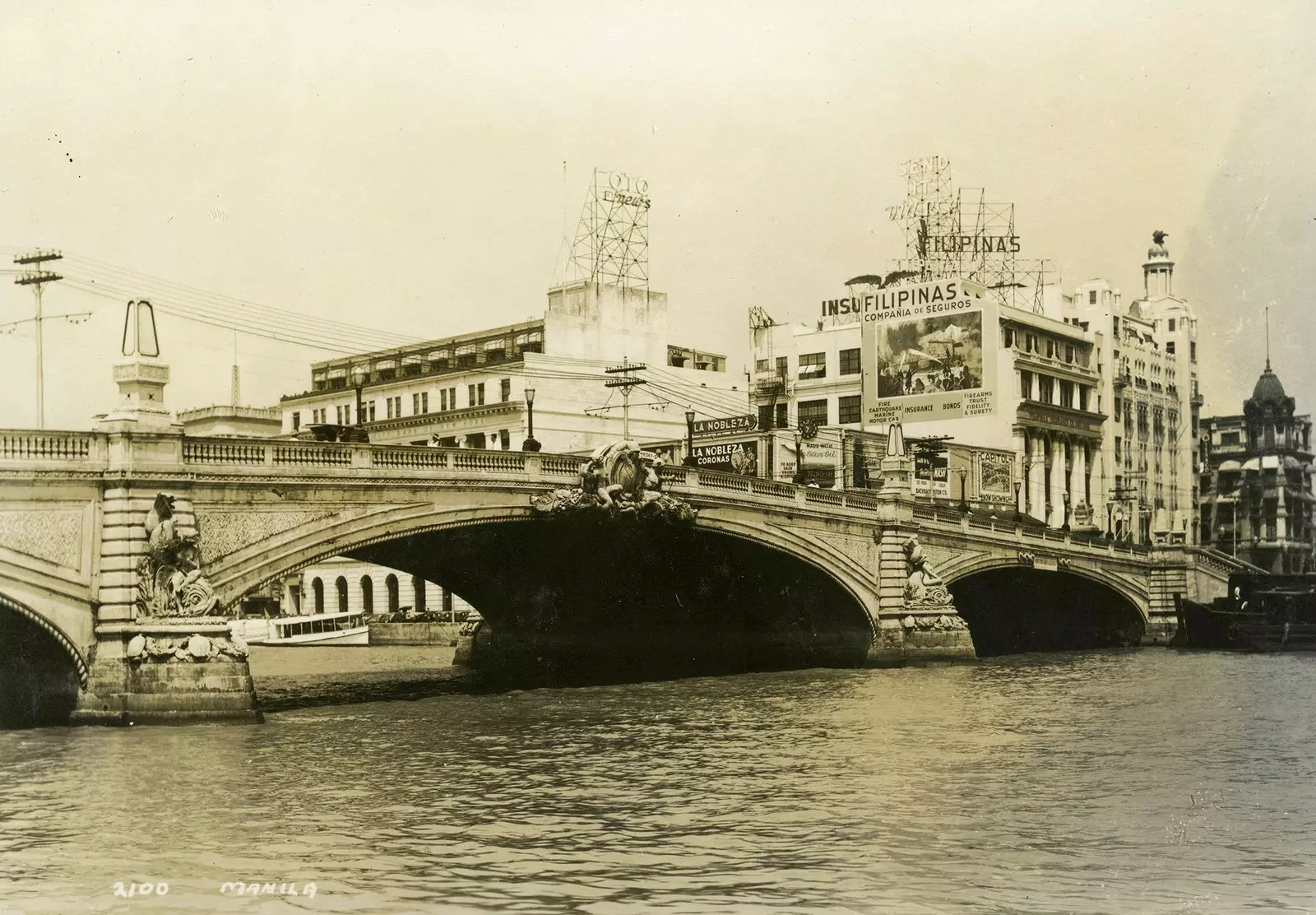
The river was the main artery of the city
And in every corner the statue of some public figure who had put his grain of sand in the construction of the cosmopolitan Manila, such as Carlos IV or Miguel de Benavides, founder of the University of Santo Tomás.
THE YEAR RUNS 2019
The enchantment of the 19th century Manila bay, with rows of coconut palms bordering it and anchored sailboats, was modernized in a promenade from where pleasure yachts, merchant ships and benches can be seen (boat with bamboo stabilizers) of fishermen.
The promenade is dotted with kiosks that satisfy the insatiable Filipino desire to have a bite in the mouth at any time. The romantic lanterns of Paseo Bulevar Dewey of yesteryear have been transformed into curious lampposts of varied colors that illuminate the Boulevard Rojas from today.
Faithful witness of the revolutions, of the passions, of the history of the islands, the Hotel Manila crowns the bay . Little has changed since its birth more than a century ago. There continue the narra wood adorning the ceiling and the stairs, the impressive chandeliers and MacArthur's Mistress's Ghost that she walks the corridors dressed in white in search of the memories of her, when the General made the Hotel his home. The upholstery shows a different design, but the glamor of the hotel is the same despite the fact that the clothing of its guests is different and the vintage trunks have ended up in practical and rolling suitcases.
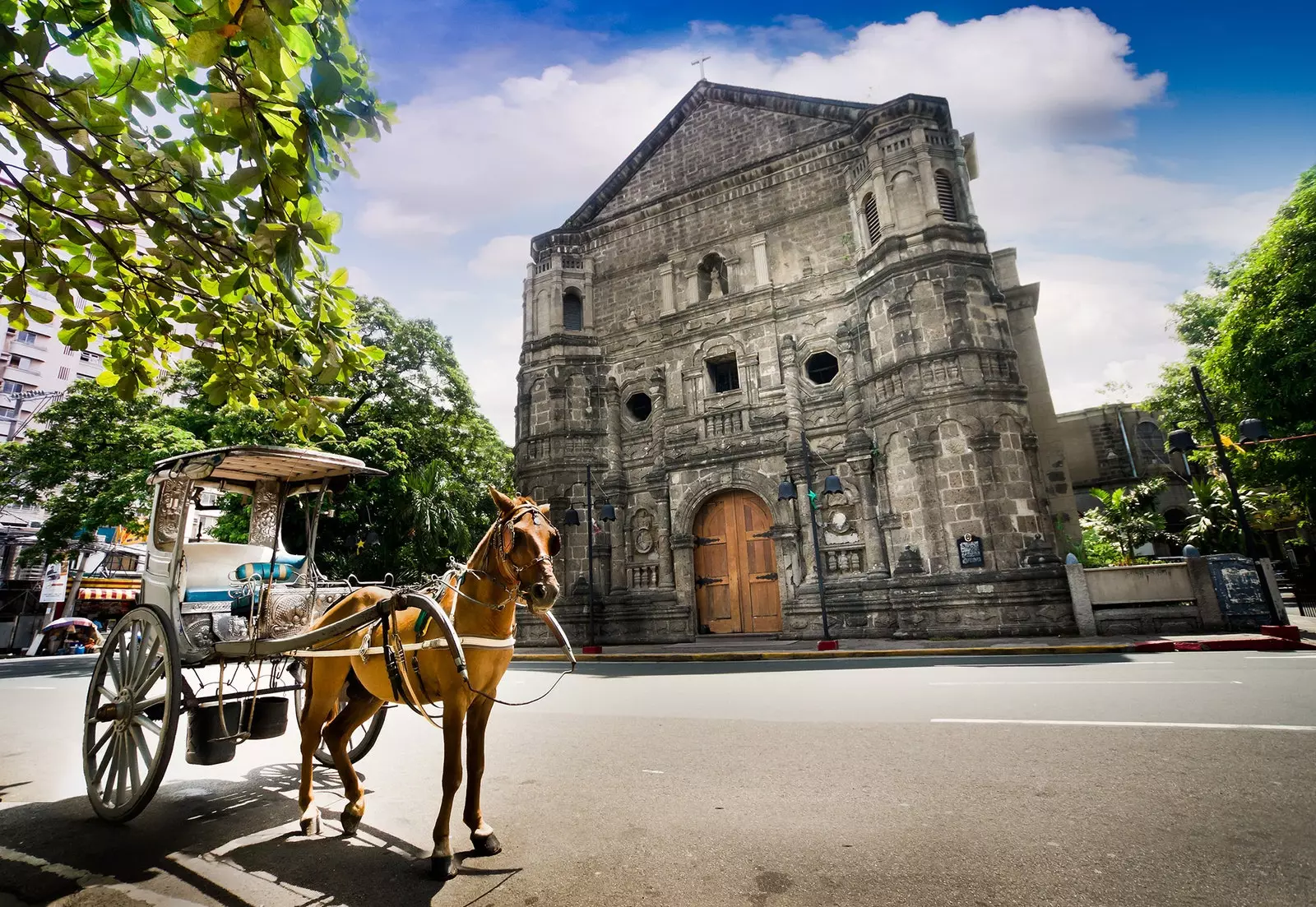
Even today you can still hear the trot of the carriages
THE PINOY STYLE (FILIPINO STYLE) DOES NOT CHANGE
Delicious bizarre posters announced the entrance of premises, where fritters and churros with chocolate They were the specialty. Colorfully painted metal carts sold 'puto' and 'bibingka' (rice and flour sweets). And there they continue the door of the church of San Agustín, the painted metal carts offering ice cream.
Still listening to trot of the buggies that make a tour of Intramuros ending in the Fort of Santiago, where the national hero was imprisoned Jose Rizal who came out of the fort to his last walk to Luneta, the current Rizal Park, where he was executed. Today, a statue in the park reminds him and around her children play basketball with makeshift baskets. In Luneta they take place the massive events of Manila, be it concerts, political rallies or spontaneous preachers.
When you close your eyes feeling the soft breeze that comes from the sea, you can guess the chords of the governor's military band playing serenades. **The Lunette of the 19th century was London's Hyde Park or the Champs Elysées in Paris. ** One of the few places where mixed mestizos and native Filipinos.
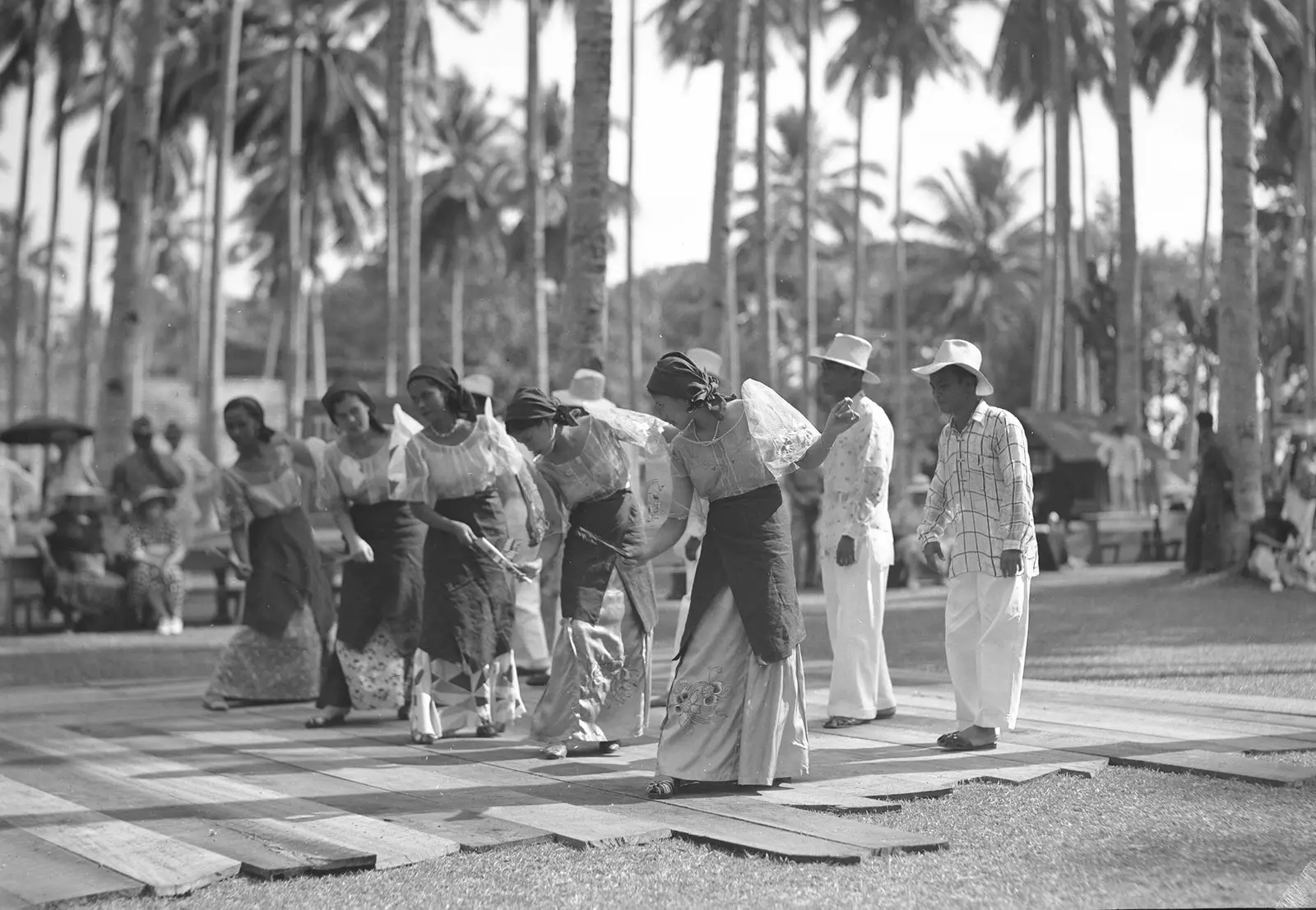
The walkers wore a variety of clothing
The clothing of the walkers was varied, pineapple suits for women or skirts with colored stripes and embroidered blouses. Dark outfits with top hats, multicolored skirts and white suits shark skin for men.
The local 'wagons' passed by the 'victories' of the merchants or mestizos. Classical notes in the spirit of Reeves or Sousa filled Luneta, while every two by three the "kiss to you hand" was heard... A cosmopolitan city, full of life. Hard to think that he was 11,000 miles from New York and 8,000 from Paris.
At 11:00 p.m., the men who played the 'tresillo' played the last trick and the gatherings were considered finished dying to the rhythm of a melancholic habanera. The passersby of Intramuros had to leave and the inhabitants of the walls had to enter, before the clock in St. Augustine struck curfew, an hour before midnight.
In the morning the scent of 'kalachuchi' or of ' ylang ylang' permeated the air as the sun's rays struggled to penetrate the mother-of-pearl windows, achieving a a seductive lighting in the mansions of that time.
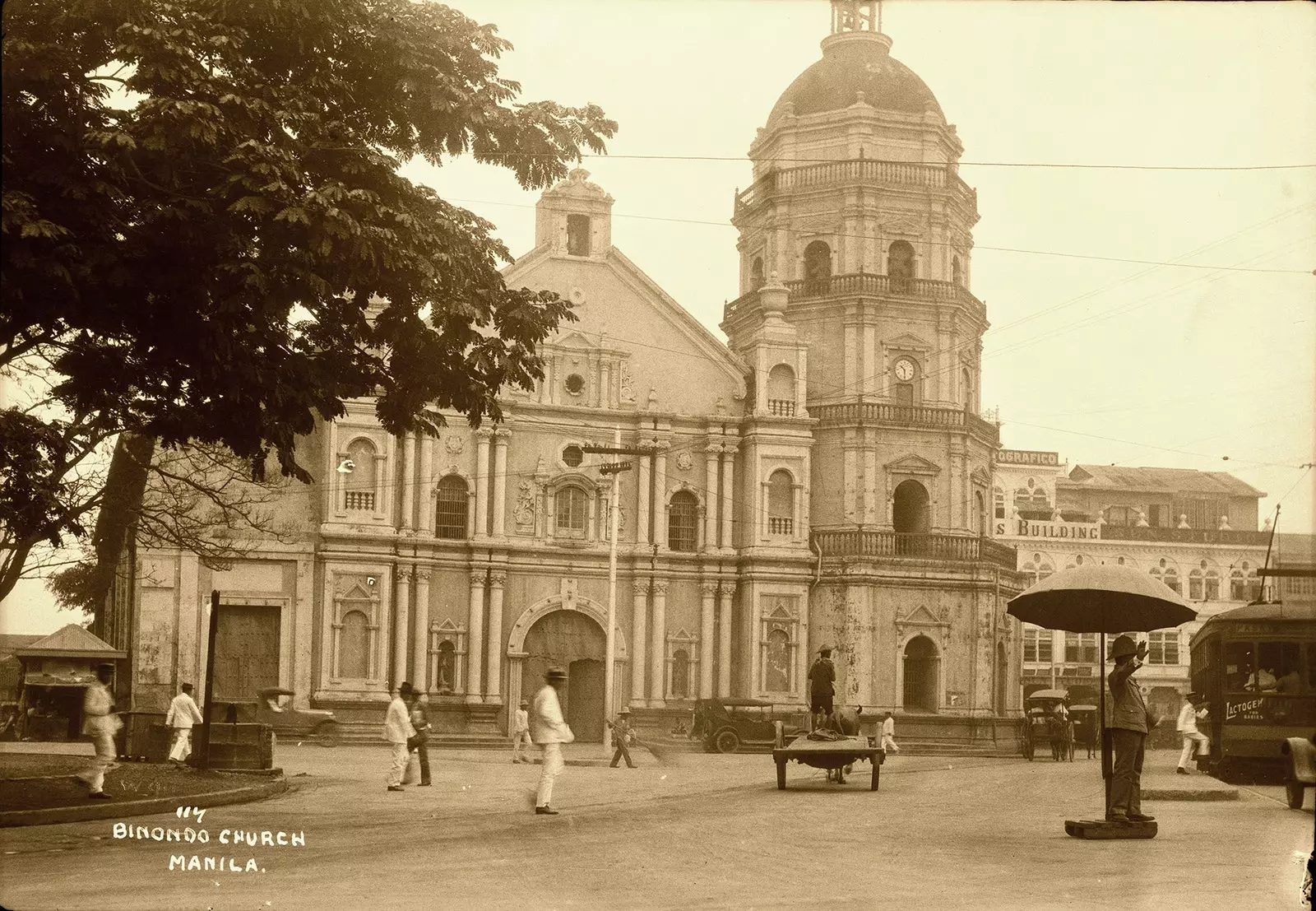
Image of Manila taken between the 1920s and 1930s
The curtains were brown cotton and each chair had a particular legend about its origin. There was the friar chair, the lazy one... They used to be made of mesh and had curious paddles for arms.
The ceilings of the rooms were bordered a wooden ornament called 'la volada', because that's where the air came in. And there was a curious room, 'the fall', where the visitors waited waiting to be well received. If so, the lady dropped the tail of her dress holding her hand and hence the curious name.
A balcony surrounded the house and served to alleviate the heat of the tropical nights enlivened by the song of the 'toko' (singing salamander) and the orchestra of the frogs.
The 'tokos' continue to announce the rains, the good weather and even predict love; the 'ilang-ilang' perfumes the air of Manila; Y the manilenses continue to show off their hospitality and their white smile that rarely fades.
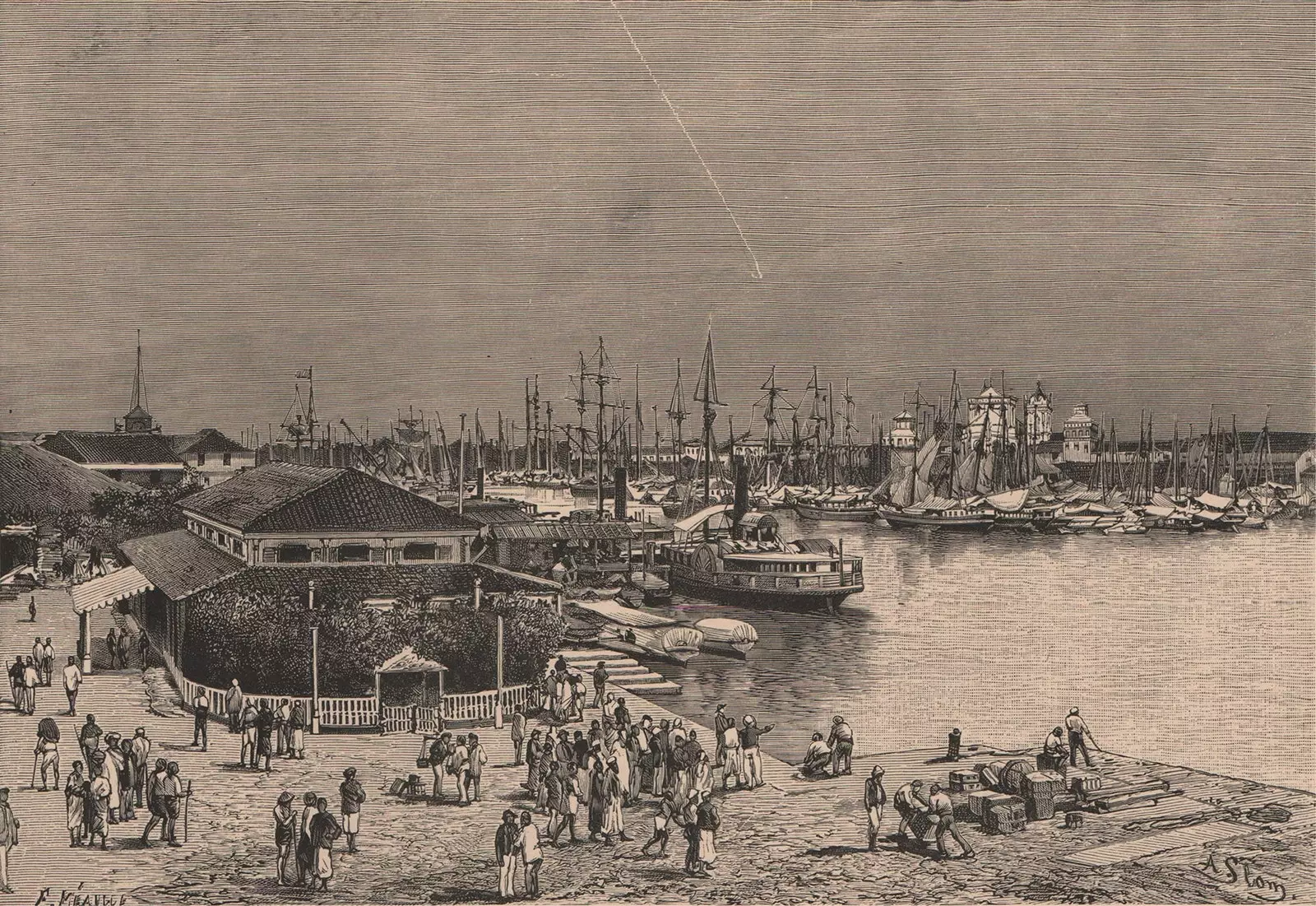
Drawing of the port of Manila made in 1885
